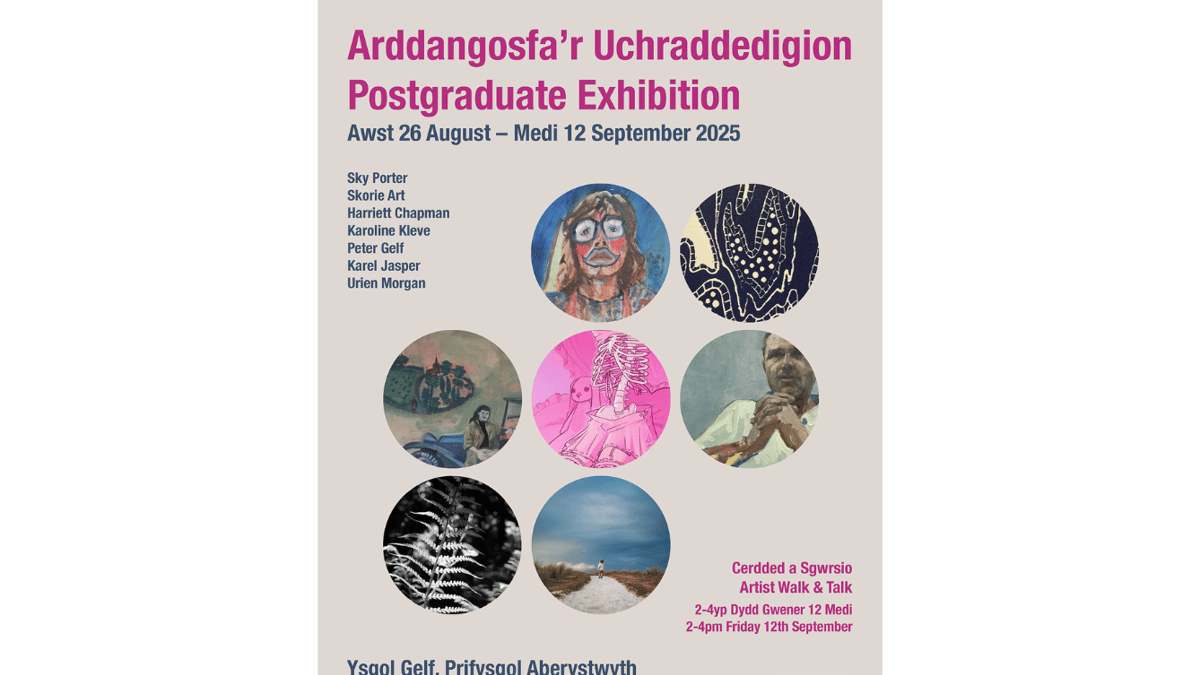If life is a journey, then artist Thomas Houseago’s recent path has been a particularly tumultuous one.
A decade ago he was riding high in the art world on the strength of his large-scale sculptures, frequently looming, monstrous figures with surfaces that felt uniquely raw, elemental, primitive. He even adapted his distinctive aesthetic to an immersive, mazelike, multichambered environment titled Moun Room, its rough walls of rebar and plaster taking on a shamanic, mystical character.

Sculptor Thomas Houseago at work in Malibu, California. Photo: Joshua White
But then in 2019, Houseago, a native of Leeds, England, had what he calls a “severe breakdown” that institutionalized him, the product of working through the trauma of childhood sexual abuse. He didn’t sculpt for three and a half years. “I had no home and no money,” he says of his lowest ebb.
Houseago embarked on a recovery that included a stay at a treatment facility in Arizona, a process complicated by the COVID pandemic. His return to art making started with simple drawings that were initially, he says, “purely therapeutic.” He worked his way up to painting and then finally returned to the more elaborate and taxing sculptures. Now he has a show of more than 40 new works that have taken over all three floors of the gallery Lévy Gorvy Dayan, housed in a grand mansion on New York’s Upper East Side.

A group of totemic figures includes a piece with a skull-like plaster face, one of the artist’s familiar motifs. Photo: Joshua White
“I hope it’s a show that reaches out,” says the energetic, fidgety, and passionate artist, whose infectious personality attracts other creatives, as seen in his friendships with actor Brad Pitt and musician Nick Cave. “It’s as generous as I can humanly make it.”
Houseago lives and works in Malibu, where his studio compound—acquired a year ago—has two main areas. There’s an indoor workroom for painting and an outdoor space with stunning ocean vistas where he makes his huge sculptures. Lately, he has been finishing up his largest work to date: a piece in clay that stretches some 162 feet across. Ten years in the making, it will be installed at the Los Angeles County Museum of Art’s Peter Zumthor–designed expansion when it opens.

At his outdoor studio in Malibu, California, Thomas Houseago works on one of his recent sculptures carved from redwood. Photo: Joshua White
The Lévy Gorvy Dayan show, on view through October 19, features a nine-foot-tall owl carved in redwood and a ten-foot-tall minotaur in bronze, both in the same family as the striking, slightly menacing totemic sculptures Houseago is known for. The minotaur, a terrifying creature from classical mythology with a bull’s head on a man’s body, is a subject explored by numerous modern and contemporary artists, perhaps most famously by Pablo Picasso.
“You often get that in the late period of an artist, a meditation on the dark side of life, like Goya’s Black Paintings,” Houseago says. “What’s real and what’s not?”
As for the minotaur, “he’s half-man, half-beast, trapped in a labyrinth,” he says. “You can’t get a better metaphor for trauma. But you don’t slay the beast—you go and love it.”

Owl Guide (for Dying) (2024) is featured in Houseago’s show of new sculptures and paintings at Lévy Gorvy Dayan gallery in New York City.
The owl also resonates with Houseago: The bird is on the coat of arms of Leeds, and its wise, nocturnal nature appeals to him. “Everything in this show has meaning,” he says.
The artist carves his redwood pieces using a chainsaw, an unconventional, challenging method that also has an element of danger. “I’m always drawn to the awkward stuff,” he says. “The chainsaw bit of it is more like a sports event. I get myself warmed up, and it’s very physical. But the chainsaw can feel like a brush. It feels like you’re painting with it.”
“Painting is a veil, but sculpture is the thing itself. The two help keep me in check.”
Thomas Houseago
The show also includes a series of smooth, egg-shaped plaster pieces that don’t resemble his other sculptures as well as some room-enveloping paintings that he calls murals or tapestries. Working in these different mediums gives Houseago a sense of balance. “Painting is a veil, but sculpture is the thing itself,” he says. “The two help keep me in check.”
The gallery show is ideally viewed from bottom to top: “from hopelessness to hope,” Houseago explains. Anchoring the ground floor is a mural in iridescent paints with ominous, swirling black lines overlaid on different colored backgrounds, plus a stark white moon. On the top floor, a tapestry work titled Sunrise spans all four walls, bursting with blues and reds and a big yellow sun.
Highly self-aware and philosophical, Houseago seems to be getting a handle on his demons. “I’m more comfortable with my vulnerability now, and I see it as a superpower,” says the artist, who feels that his sense of agency has returned. “My work was making me before. Now I am making the sculpture.”
A version of this article first appeared in print in our 2024 Collectors Issue under the headline “A Return to Form.” Subscribe to the magazine.
Cover: Works in progress at Thomas Houseago’s Mallibu, California studio.
Photo: Joshua White







